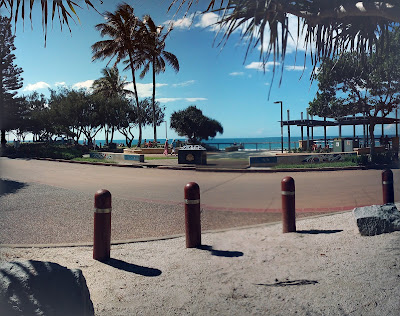
Transport in Bundaberg: Connecting the Community to the World
Posted by on
Bundaberg features a well-developed transport network that facilitates travel within the region and beyond, enhancing accessibility for residents and tourists.
Air Travel
Bundaberg Airport provides essential connectivity, with flights to Brisbane and Lady Elliot Island. This airport supports both passenger travel and access to the surrounding areas, making it a key hub for the region. Additionally, the Jabiru Aircraft Company, based in Bundaberg, designs and manufactures various small civil utility aircraft, contributing to the local aviation industry.
Bus Services
The city’s bus operator, Duffy's City Buses, plays a significant role in local transportation. As of 2013, they transported over 1,000 passengers daily in town services and more than 2,000 for school services. Their routes extend to popular beach suburbs such as Burnett Heads, Bargara, and Innes Park. Stewart & Sons also provides bus services in the area, enhancing local transport options.
Rail Services
Bundaberg is serviced by multiple Queensland Rail passenger trains, including the Tilt Train, with rail travel to Brisbane taking approximately four and a half hours. The Bundaberg railway station is a crucial part of this network, while the now-closed North Bundaberg station, which once served the Mount Perry railway line, has been repurposed as a museum, offering insights into the region's railway history.
Road Access
Situated at the end of the Isis Highway (State Route 3), Bundaberg is approximately 50 kilometers (31 miles) east of its junction with the Bruce Highway. This strategic location provides easy access for long-distance bus services that pass through the city, connecting Bundaberg to larger metropolitan areas.
Maritime Transport
Bundaberg Port, located 20 kilometers (12 miles) northeast of the city at the mouth of the Burnett River, serves as a vital shipping destination for vessels from Australia and overseas. The port predominantly handles shipments of raw sugar and related goods, including Bundaberg Rum, reinforcing the city’s status as a significant player in the agricultural and manufacturing sectors.
Bundaberg’s transport infrastructure effectively supports its residents, businesses, and tourists, promoting a vibrant and interconnected community.